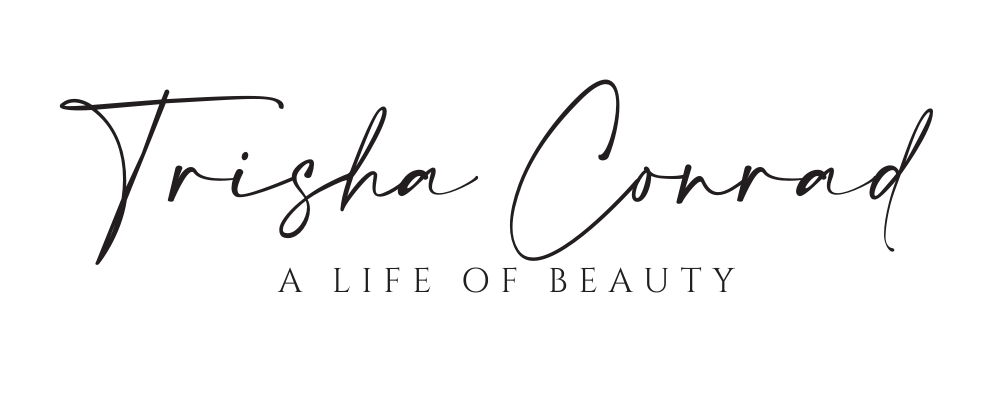Acne 101
Common Types
Non-Inflammatory:
Whiteheads: closed clogged pores
Blackheads: open clogged pores. A blackhead may look like dirt stuck in pores. But actually the pore is congested with bacteria and oil, which turns brown when it's exposed to the air.
Inflammatory:
Pustules, which are commonly called pimples: papules with pus at their tips
Papules: Small red, tender bumps
Nodules: Large, solid, painful lumps beneath the surface of the skin
Cysts: Painful, pus-filled lumps beneath the surface of the skin
Common Causes
This image from the Mayo Clinic shows How acne develops
Acne develops when sebum — an oily substance that lubricates your hair and skin — and dead skin cells plug hair follicles. Bacteria can trigger inflammation and infection resulting in more severe acne.
According to the Mayo Clinic, there are 4 main causes of Acne:
Excess oil production.
The most common locations you’ll find acne are the forehead, chin, chest, upper back and shoulders because these areas of skin have the most oil (sebaceous) glands.
Hair follicles clogged by oil and dead skin cells.
Skin cells, sebum, and hair can clump together into a plug.
Bacteria.
Skin cells, sebum, and hair can clump together into a plug. This plug gets infected with bacteria, and swelling results.
Hormones
Androgens are hormones that increase in boys and girls during puberty and cause the sebaceous glands to enlarge and make more sebum. Hormonal changes related to pregnancy and the use of oral contraceptives also can affect sebum production.
PREVENTION
You can see on this face map from Medical News Today (I don’t agree with all of the face maps out there, so be sure to find one from a credible source. This one is very basic, which is why I chose to show it to you) that depending on where your breakouts occur, you may be able to help determine the cause
Hairline: hair products, cosmetics, excess oils
T zone: excess oil
Cheeks: Bacteria (cell phone, pillow case, etc.)
Jawline: Hormonal changes
Tips to prevent acne
Excess Oil
Lower Oil Production
Clogged Hair Follicles
Remove hair or Keep Hair Clean
Bacteria
Keep the skin and anything that touches it clean
Hormones
Minimize hormone disruption
TREATMENT
3 main types of treatment that will depend on the severity/ type of acne
Topical
Skin care regimen (Cleanse, Prep, Treat, Protect)
Retinoids, Anitbiotics, Salicylic Acids
Oral
Antibiotics, Oral contraceptives, Anti-androgen, Isotretinoin (Accutante)
Treatments
Laser/IPL
Chemical Peels
Extractions
Injections
Get in touch
Discover your best skin through one of my Mindful Skin Programs Below.
would you like to be featured in our guides?
Do you have an experience, knowledge, or curiosity to share? Let us know!
Resources
Disclaimer
This resource/presentation is intended for educational purposes only and does not replace independent judgment. Statements of fact and opinions expressed are those of the participants individually and, unless expressly stated to the contrary, are not the opinion or position of Trisha Conrad and Trisha Conrad Consulting Corporation, it’s cosponsors, or its affiliates. Trisha Conrad and Trisha Conrad Consulting Corporation do not endorse or approve, and assume no responsibility for, the content, accuracy or completeness of the information presented. Attendees should note that sessions are recorded and may be published in various media, including print, audio and video formats without further notice.




